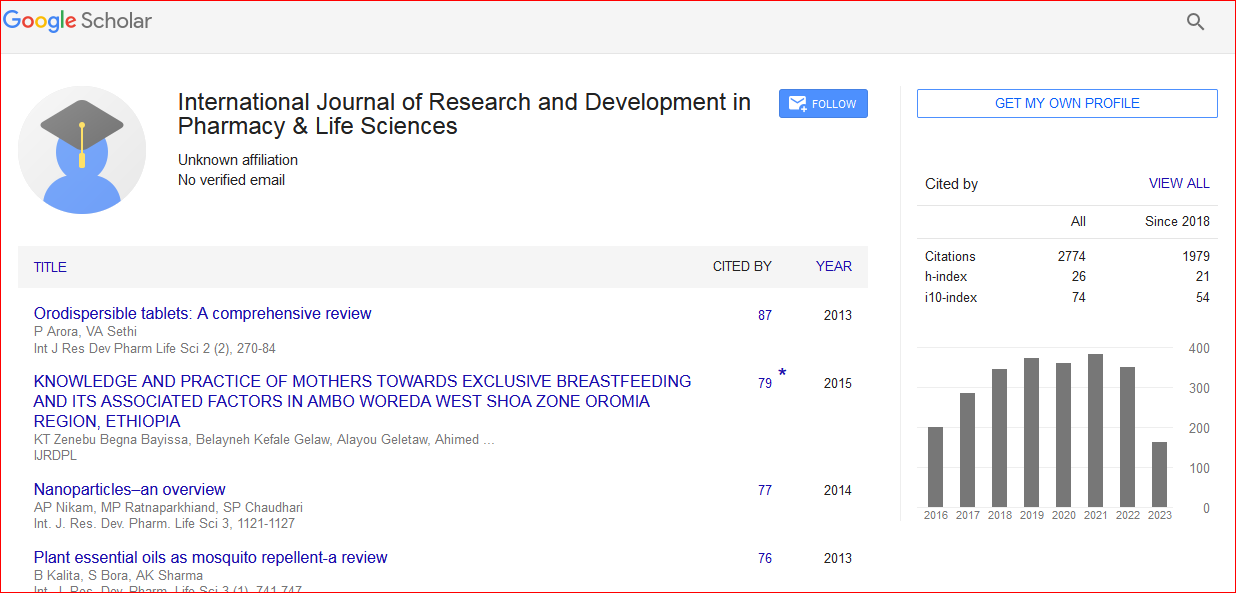Research Article
GENDER PREFERENCE AND FERTILITY INTENTIONS AMONGST REPRODUCTIVE AGE FEMALES IN AN URBAN AREA OF DISTRICT ROHTAK (HARYANA)
Abstract
Background: India has been grappling with the problem of declining sex ratio. While the total population of India has been growing at an alarming rate over the past 50 years, the number of women relative to the number of men has been steadily falling. Gender discrimination is a social evil and preference for the boy child is a matter of concern all over the world. Couples in developing countries tend to have higher fertility either because of poor access to contraceptives or due to gender preference for a particular sex.
Objective: To study the gender preference and fertility intentions of women in reproductive age group.
Methods- Community based cross sectional study among 250 mothers (15-49yrs) having children under 5years of age in an urban area of Rohtak (Haryana) from March 2015 to April 2015.
Results: Out of the 250 study subjects, majority of the women i.e. 71.5% of APL women and 76.3% of BPL women preferred to have a son and daughter. Women who had atleast one son showed a lower intention to have more children as compared to those who have only daughters. A strong desire to have a son exists even in urban areas as 64.4% mothers wanting their first child as a baby boy.
Conclusion: A strong son preference has been observed in females belonging to different strata thus strong campaign across all sections of the society raising concern for “saving the girl child” is advocated.

 Spanish
Spanish  Chinese
Chinese  Russian
Russian  German
German  French
French  Japanese
Japanese  Portuguese
Portuguese  Hindi
Hindi 
